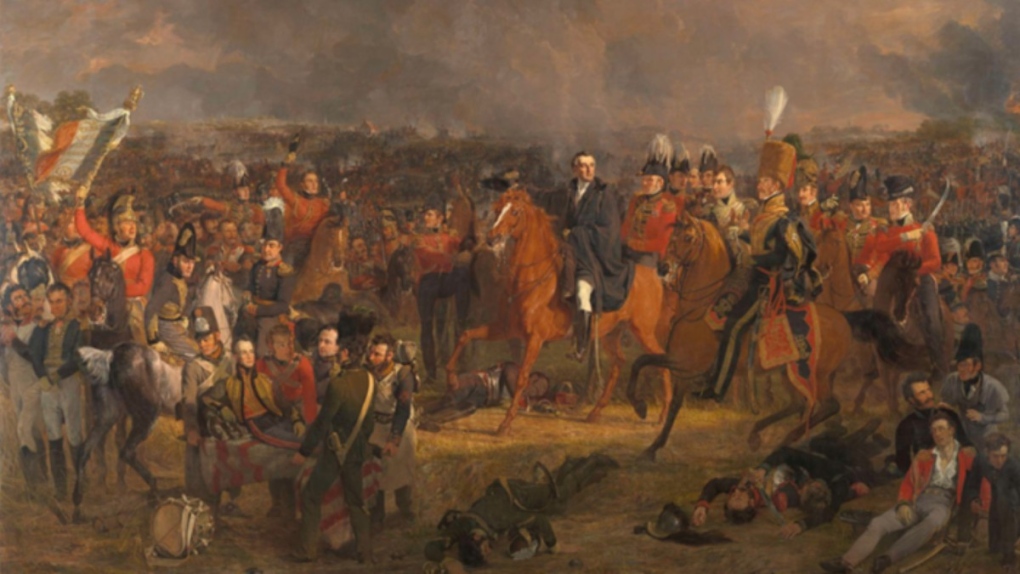A new study suggests the bones of some of the thousands killed at the famed Battle of Waterloo may have been sold as fertilizer.
Published in the peer-reviewed Journal of Conflict Archaeology, Tony Pollard, a professor of conflict history and archeology at the University of Glasgow in Scotland, says few human remains have ever been found at the site of the battle.
"European battlefields may have provided a convenient source of bone that could be ground down into bone meal, an effective form of fertilizer. One of the main markets for this raw material was the British Isles," Pollard, who is also director of the Centre for Battlefield Archaeology at the University of Glasgow, said in a press release on Saturday.
He says the selling of bones for fertilizer is the most probable outcome, but the matter isn't quite settled yet.
"Waterloo attracted visitors almost as soon as the gun smoke cleared. Many came to steal the belongings of the dead, some even stole teeth to make into dentures, while others came to simply observe what had happened,” Pollard said. “It's likely that an agent of a purveyor of bones would arrive at the battlefield with high expectations of securing their prize."
Fought on June 18, 1815, in modern-day Belgium, the Battle of Waterloo saw French emperor Napoleon Bonaparte's army fight against a coalition of Prussian and Anglo-Allied forces made up of British, Belgian, Dutch and German troops.
Nearly 40,000 of Napoleon's troops were killed, wounded or captured during the battle, while the allies suffered 22,000 casualties. The result ultimately led to Napoleon's surrender to the British the following month.
For the paper, Pollard reviewed writings from early visitors to the field of Waterloo, including memoirs, journals and artwork.
He says at least three newspaper articles from the 1820s reference the importance of human bones from European battlefields in the production of fertilizer.
"It's also possible that the various guidebooks and travelogues that described the nature and location of the graves could have served essentially as treasure maps complete with an X to mark the spot," Pollard said.
"On the basis of these accounts, backed up by the well attested importance of bone meal in the practice of agriculture, the emptying of mass graves at Waterloo in order to obtain bones seems feasible, and the likely conclusion is that."
Through the organization Waterloo Uncovered, a charity that combines archeological work at the battlefield of Waterloo with veteran support programs, Pollard says he will help lead a multi-year geophysical survey to plot gravesites based on early visitor accounts.
"If human remains have been removed on the scale proposed then there should be, at least in some cases, archeological evidence of the pits from which they were taken, however truncated and poorly defined these might be," he said.











































